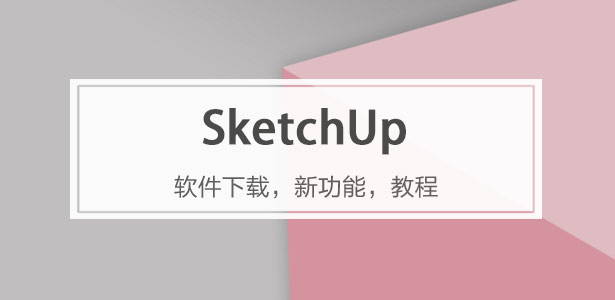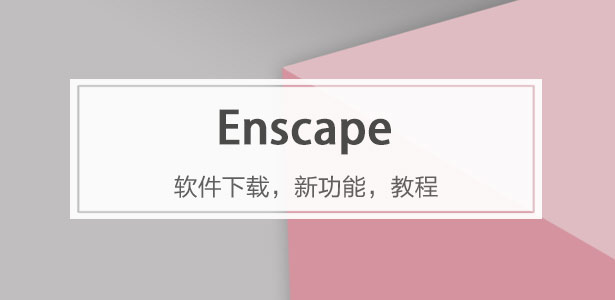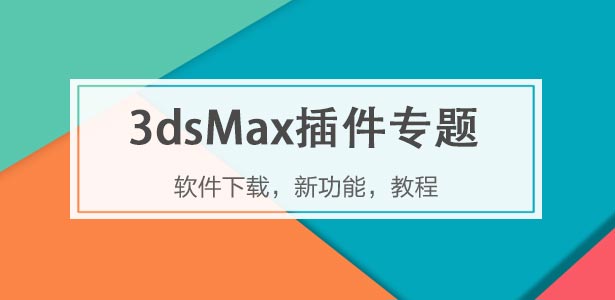
下載app免費領取會員


版權說明:本文來源BIM譯站微信公眾號,轉載已取得授權
公眾號名稱:BIM譯站
公眾號賬號:BIM2018130

譯
文
2.5.1 作為BIM設計工具
下面,我們基于設計工具功能的重要程度粗略地闡述鑒別設計工具的功能。我們將參數化模型生成和編輯作為基本功能。我們假設模型定義和圖紙生成是建筑建模系統目前主要的工具級的應用。就用戶界面、自定義構件和復雜面建模來說,模型生成和編輯是多方面的。
用戶界面:BIM設計工具相比于較早的CAD工具更加復雜也有更強的功能。有些BIM設計工具的用戶界面有功能模塊架構,因此相對來說更直觀也更易于學習,而其它BIM設計工具更著重于軟件的功能(這些功能并不總是能很好地整合到整個系統)。這里所考慮的準則包括:貫穿系統功能菜單的一致性遵從標準的慣例;能剔除對當前操作無意義的無關功能的菜單隱藏功能;不同類型功能額模塊化組織和能提供實時提示的線上幫助以及操作跟輸入的命令行說明。盡管用戶界面看起來可能是個次要問題,但是差的用戶界面會導致較長的學習時間、更多錯誤并且往往不能完全利用嵌置在應用程序中的功能。在一套綜合工具中,用戶界面問題在平臺級別也很重要;我們在下一節中會探討這些問題。
圖紙生成:生成圖紙和圖紙集并經過多次模型更新和軟件版本發布后維護圖紙有多容易?這類評估應包括模型圖紙變更導致的影響的快速可視化展示以及強大的相關性,以便模型變更能直接傳遞到圖紙,反之亦然,也包括高效的模板生成功能以便圖紙類型盡可能多地執行自動化格式。第2.3.3節(回復B37查看)有這方面更加全面的解讀。
易于開展自定義參數化構件:這是一個復雜的功能,可從以下三個層次進行定義:
(1)用于定義參數化構件的草圖工具之存在性和易用性;確定系統約束或規則組的范圍(總體約束規則組應包括距離、包括正交的角度、交接面和交接線的剪切規則,“如果-那么”條件語句以及一般代數公式)。
(2)將新的自定義參數對象連接到現有參數類或族中的能力,以便能將現有構件類的行為和類別用于新的自定義構件中去。
(3)支持全局參數化構件管控的能力,用3D軸網或其它控制參數(根據設計需要,用于管理構件放置、尺寸和面屬性)。第2.2.1節(回復B28查看)對這類問題有進一步闡釋。
復雜曲面建模:支持基于二次曲面、樣條曲線和不規則B-樣條曲線創建和編輯對于當前有或未來計劃做這類項目的公司來說很重要。這是BIM工具中基本的幾何圖形建模能力;之后不會將這些功能加進來。
其它工具級功能:除了基本功能,其它支持型工具功能包括碰撞檢測、提量、問題追蹤以及產品跟施工規范的合并。這些都是適用于不同應用和工作流的功能,在第五、六、七章中對這些功能做了詳細解讀。我們同樣考慮了網站上大型用戶社區所提供的支持。
原
文
2.5.1 As a BIM Design Tool
Below, we describe the discriminating design tool capabilities in rough-rank based on our sense of their level of importance. We take parametric model generation and editing as fundamental. We assume that model definition and drawing production are the current primary tool-level uses for building mod- eling systems. Model generation and editing is considered multifaceted, in terms of user interface, custom objects, and complex surface modeling.
User Interface: BIM design tools are quite complex and have much greater functionality than earlier CAD tools. Some BIM design tools have a relatively intuitive and easy-to-learn user interface, with a modular structure to their functionality, while others place more emphasis on functionality that is not always well-integrated into the overall system. Criteria to be considered here include: consistency of menus across the system’s functionalities following standard conventions; menu-hiding that eliminates irrelevant actions not meaningful to the current context of activities; modular organization of dif- ferent kinds of functionality and online help providing real-time prompts and command-line explanation of operations and inputs. While user interface issues may seem minor, a poor user interface results in longer learning times, more errors, and often not taking full advantage of the functionality built into the application. User interface issues across a set of integrated tools are also important at the platform level; we review those issues in the next p.
Drawing Generation: How easy is it to generate drawings and drawing sets and to maintain them through multiple updates and releases? Assess- ment should include quick visualization of the effects of model changes on drawings, strong associations so that model changes propagate directly to drawings and vice versa, and effective template generation that allows drawing types to carry out as much automatic formatting as possible. A more thorough review of functionality is provided in Section 2.3.3.
Ease of Developing Custom Parametric Objects: This is a complex capa- bility which can be defined at three different levels:
(1) Existence and ease-of-use of a sketching tool for defining parametric objects; determining the extent of the system’s constraint or rule set (a general constraint rule set should include distance, angle including orthogonally, abutting faces and line tangency rules, “if-then” conditions and general algebraic functions)
(2) ability to interface a new custom parametric object into an existing parametric class or family, so that an existing object class’s behavior and classification can be applied to the new custom object.
(3) ability to support global parametric object control, using 3D grids or other control parameters that can be used to manage object place- ment, sizing, and surface properties, as required for the design. These issues are explained further in Section 2.2.1.
Complex Curved Surface Modeling: Support for creating and editing complex surface models based on quadrics, splines, and nonuniform B-splines is important for those firms that currently do this type of work or planning to in the future. These geometric modeling capabilities in a BIM tool are foundational; they cannot be added on later.
Other Tool-Level Capabilities: Support for tool capabilities beyond the basics include clash detection, quantity takeoffs, issue tracking, and incorporation of product and construction specifications. These are appropriate for different uses and workflows and are considered in more detail in Chapters 5, 6, and 7. We also consider the support provided by a large user community on the Web.
本文版權歸腿腿教學網及原創作者所有,未經授權,謝絕轉載。

上一篇:Grasshopper的界面介紹
推薦專題




















































